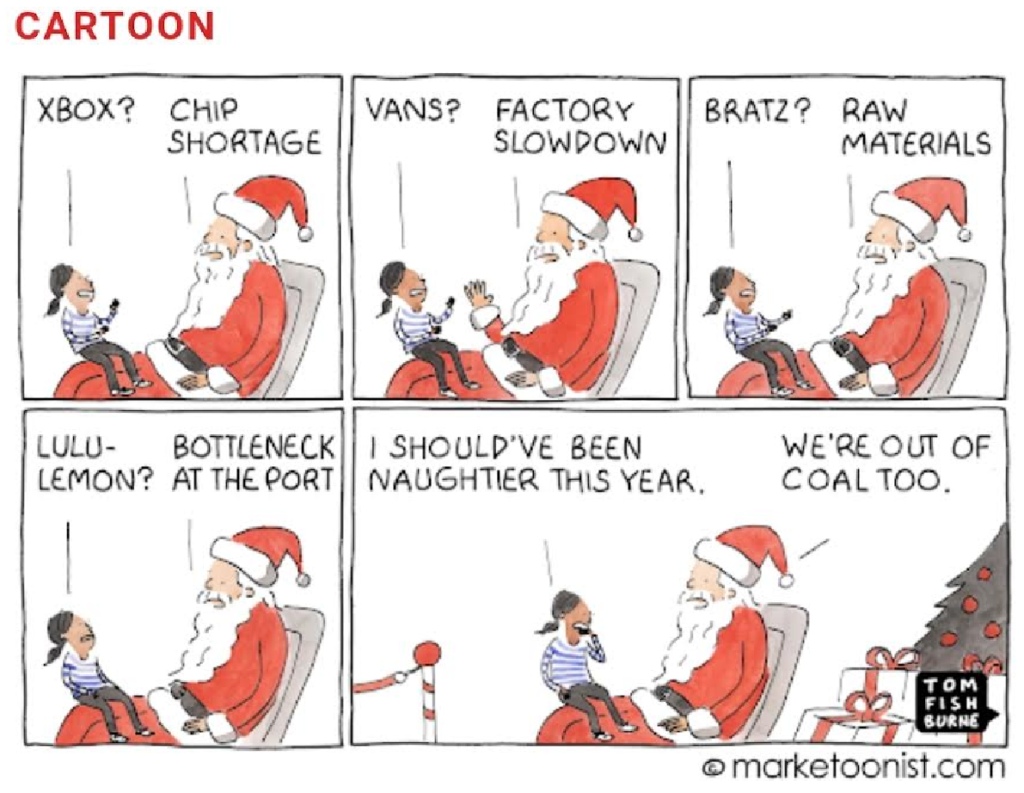The most frequent concern that I hear from clients, regardless of what is happening in the economy, politics, or the market, is, “I worry that the bottom is going to drop out of the market, what can we do about it?”
In this situation, there are three main strategies available to us:
One: sell and just sit in cash. If your investments are in a tax-deferred account like an IRA, selling may be a good option. If the market is up, selling high makes sense. However, the markets are driven by fear and greed, and as much as I hate to use the “g-word,” most of us don’t want to miss out on a continued market run-up. So, until the market actually is in a significant decline, most of us don’t really want to miss out on a continued rise. And taxes on sales in a non-IRA account are another deterrent to selling just because we are worried.
Two: build an all-weather portfolio designed to be bought and held long-term, one that pundits will say can better withstand market downturns. The textbooks will tell you that “value” portfolios such as those with stable earnings, a long history of dividend payments, or solid book value behind the stock price may hold up better in a market downturn than growth stocks with none of those attributes. Don’t believe it. The S&P 500 Value Index (Symbol: EPYV) lost more than the S&P 500 Index (SPY) in both the Financial Crisis of 2007-09 and during the 2020 Covid Crash. This can be a crazy business, and the textbooks are often wrong.
The 2020 “Covid Crash” was unique in its swift recovery. The average bear market decline (meaning a greater than 20% loss) lasts for 18 months, and some are much longer. The sad truth is that most investors attracted to a buy-and-hold portfolio because it is cheap and easy to understand, become overrun with fear, and sell at the bottom. They just can’t stand to see 18 statements in a row with losses increasing each time. Being in or near retirement changes our perspective on losses in our accounts because without paychecks coming in, one may not have the luxury of adding to savings. Losses can destroy retirement security. Therefore, many retirees who might have ridden out previous market declines are no longer constitutionally capable of riding out a new decline.
Three: hedge against losses. Hedging is simply the process of buying investments that are expected to move in the opposite direction of other investments in your portfolio. When one goes down in price, the other goes up, adding a measure of stability to the portfolio’s total value. Hedging adds a significant degree of flexibility and relieves you of the pressure to sell to protect portfolio values, potentially triggering taxes in the process.
At Shadowridge, when the markets get dicey, we use a combination of all of these strategies. We have our fingers on the pulse of the markets, reading and looking at lots and lots of charts that can give us our signals of when to buy, sell or hold. I consider ours an “enhanced buy and hold” style since we buy and hold investments as long as they go up. If they enter a significant decline, we can sell and either move to cash, an investment more appropriate for the current market, or hedge portions of the portfolio.
If you are already a client, we take care of all this for you, so you don’t have to continue worrying about your investments. But, what should you do if you are not already a client? First, talk with your financial adviser and ask what plan they have in place to protect your portfolio in the event of a decline. Do this now, not after the market has declined by 30%! If you are a self-directed investor, ask yourself what you will do if you lose ¼, 1/3, or ½ of your portfolio. If you or your adviser don’t have a plan that you are comfortable with, call our office to set up an initial consultation.
Remember, you should consider acting before the market goes down. Afterward, it may be too late.
With all the shortages and empty shelves, I thought this cartoon was apropos this year:


